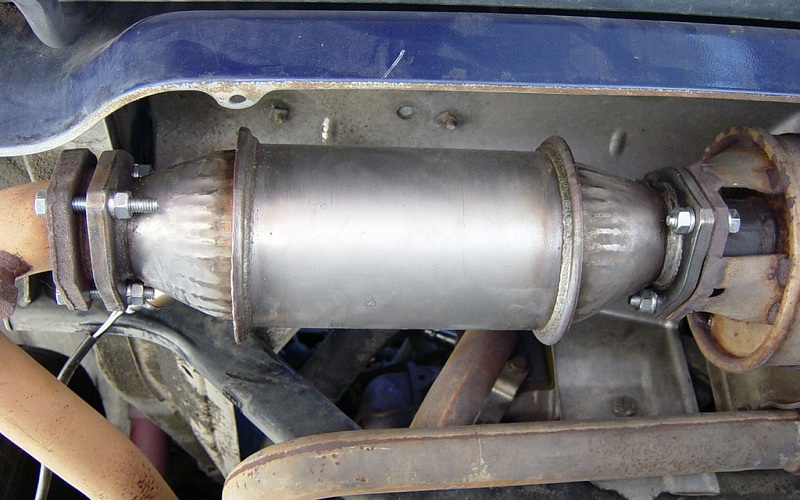Catalytic converters are essential for cutting down on car emissions since they change toxic gases into less toxic ones. When these converters approach the end of their useful lives, recycling them is necessary to salvage important metals and lessen their negative effects on the environment. In this post, we’ll examine the benefits of recycling cat converter scrap for the environment and sustainability.
1. Preservation of Resources
Resource conservation is one of the main environmental advantages of recycling cat converter scrap. Precious metals of limited supply, such as rhodium, palladium, and platinum, are present in these converters. By recycling these metals, we minimise habitat devastation and ecological disruption caused by mining operations, save natural resources, and lessen the need for new mining and extraction.
2. Conserving Energy
When cat converter scrap is recycled instead of virgin metals being extracted and refined, a substantial amount of energy is also saved. Large amounts of energy are needed for the mining, processing, and transportation of raw materials, which also emits greenhouse gases. Utilising recycled metals lowers greenhouse gas emissions and energy use, contributing to the fight against air pollution and climate change.
3. Diminished Emissions
Recycling cat converter scrap contributes to a decrease in emissions related to the manufacture of metals. Metals are mined and refined, which releases pollutants into the air and water, such as sulphur dioxide, nitrogen oxides, and particulate matter. By recycling metals, we can reduce the amount of toxins released into the environment and improve the quality of the air and water.
4. Reducing Waste
Recycling cat converter scrap keeps items out of landfills, which contributes to waste reduction. Instead of being thrown away as garbage, these converters contain valuable metals that may be recovered and utilised again. By recycling these items, we can decrease the quantity of garbage dumped in landfills, extend the life of landfills, and stop potentially dangerous elements from leaching into the environment.
5. Reducing Pollution
Recycling cat converter scrap reduces pollutants at several phases of the metal-making process. Local communities may be uprooted, habitats may be destroyed, and soil and water pollution may result from mining operations. We lessen the need for new mining and lessen the negative social and environmental effects by recycling metals.
6. Conserving Water
Large volumes of water are needed for the mining and refining of metals, which causes pollution and water scarcity in many areas. We lessen the need for water-intensive mining operations and contribute to the preservation of freshwater resources by recycling cat converter scrap. Recycling also lowers the possibility of heavy metal contamination and acid mine drainage, two mining-related water pollution issues.
Conclusion
Recycling cat converter scrap has a large and diverse environmental impact. Recycling helps create a cleaner, healthier world by preserving resources, reducing energy use, reducing emissions, minimising waste, preventing pollution, and conserving water. Catalytic converter recycling will become more crucial as the automobile sector develops to advance sustainability and safeguard the environment for coming generations. We can all contribute to a more sustainable world and a better environment by encouraging and supporting recycling activities.

